Change Management is the Umbrella for all your Innovation, Excellence and Leadership Campaigns7/4/2022 We heard this many times: Change is Everywhere! We are continuously advancing, improving, tinkering and even disrupting our own products, operations and organisational models. Recent conversations, studies and experiences confirmed this again: to be successful with these initiatives, we need to bring people together and enable an effective collaboration. "We build people; and these people build our business." And, this people side of the business is the concern of Change Management.
Now, many companies have engaged in a series of different frameworks and concepts in order to bring their initiatives forward. And in recent years I have become proficient and excited about them. Here some examples.
All these concepts look at the mindset and the behaviour of people and are designed to enable the success of your projects and initiatives. They are very much concerned about the people side of doing business. This is where I recently made the link that change management actually acts as an umbrella to all these initiatives. They can be brought together by creating a common platform and defining how they support each other (instead of stealing resources from each other). Change management can then facilitate a set of leadership qualities, creating a glue between the individuals and silos, and as a result enables longterm success through collaboration. At Hive17 Consulting we drive people excellence through positive leadership. We assess individuals and teams with our Antifragility Score and our leadership development programs then allow these teams to strengthen their people skills and drive success for their projects.
0 Comments
Based on pillars 1 & 2 - our dream & the value for customers - we can now generate tons of ideas to address needs and solve problems. Full innovation is also executing these ideas and this happens most effectively with experimentation. Try different ideas and capture how you can improve your solutions. The core of agility is this trial & learning. This experimentation happens in a perpetual manner, continuously tinkering and edging closer to a better product or service.
Jump into the third podcast in collaboration with Tigerhall where we uncover the underlying principles of agile working. The practical examples will help you to start the transformation in your teams. How can we capture early feedback & input from our stakeholders to create more meaningful solutions? For years, I have been looking into agility, its principles and how they help to create lasting success in teams. We have brought agility into manufacturing, R&D and for sure also in IT teams. Earlier this year, I then decided to jump deep into the certification for Scrum Master. What did I learn?
There is one thing that becomes obvious very quickly: scrum as methodology is not prescriptive. Instead, it contains a series of suggested activities, templates, processes, etc. The key foundation is empiricism! Each team then needs to find out what works best for them - based on a set of principles. In my projects, I am mostly engaged in leadership development. And while going through the scrum master certification, I understood that the principles are strongly supporting a modern, dynamic leadership approach. Scrum can give us answers to the question: how can we deliver maximum value in complex environments? Are you curious to bring agility to your organisation? Then let's look at these key principles! Here my take:
How can you follow these key principles in your organisation? Where do you see the obstacles for agility? Thank you, Takeshi Yoshida, for pushing me on this path! About a year ago, I was introduced to the term 'antifragility' - a new word that intends to describe the opposite of being fragile. This term is about going beyond robustness and resilience - we want to thrive in chaos, not only survive.
Nassim Taleb introduced the term antifragility with his book "Antifragile: Things that Gain from Disorder". Today, I want to take a quote from the book and explain some simple principles how we can deal with difficult, complex ecosystems and how we can establish new behaviours that make us successful in a substantial way - no shortcuts. "Antifragility (thanks to the asymmetry effects of trial and error) supersedes intelligence. But some intelligence is needed." What does Taleb mean by that? In the book, he introduces the concept of optionality. If we have different options and we choose options that have a small, limited downside plus a big, unlimited upside, then we will over time be more successful. Randomness (as it appears in complex environments) will drive us towards the upside. Eventual losses will be small. Interestingly, identifying and creating these options doesn't take a lot of intelligence - it's more about courage. Where we need intelligence is in choosing the right options. And this is much easier than designing the perfect path (option) with intelligence. Where do these options come from? I suggest two sources. First, when we do our business and are observing our customers, we will automatically discover possible ways to improve the value for customers. Simple shadowing, conversations and immersion will surface new things we can try. This leads me to point two: experimentation. Exploring small changes how we deliver our value to customers will create observations and will lead to more options. Small steps will lead eventually to more value and more success. The small steps also avoid to fail big and jeopardise our business. How can we be intelligent in choosing the right options? There we need direction and a yardstick; base again two sources. First is customer value - again; when we do understand what our customers appreciate, what is important to them, then we collect one part of our northstar. The second source to decide on the right options is our shared vision, our purpose. This gives us meaning and a clear measure on what we want to achieve, what upside means to use, and which option will be the right one for us. The purpose also includes the collective experience on how to be successful in the ecosystem we are running our business. One last element I would like to mention here. In our business world today, we can observe a lot of transactional behaviour; we try to model each process, find causality and theoretical explanations. The randomness mentioned by Taleb also indicates that we should rely less on these transactional, theoretical approaches. When we are connecting with people in a more human-centric way, it will be easier for us to experiment, build our collective dream, interact with customers and better understand the ecosystem we are in. How do you experience fragility in your work? What works for you to overcome these stressors? Photo credit: Leiduowen We all heard about it - Agile Transformation! I have seen the term used in two situations. Either the organisation wants to introduce Agile Development and that is indeed a major transformation. Or, the organisation wants to drive change (innovation, market expansion, increased competition, etc.) and they decided to become more agile. I suggest to converge to the latter.
So, how can a change management approach bring more agility in leadership, to the teams and to the success of your operations? Here are a few pointers from my practice, inspired as well from two articles linked below. Mentioned many times, the North Star is key to make people excited about the change to come, gives them meaning. And it is also the anchor and the imagination for what we want to achieve. Without this, agility turns into chaos. The people in the frontlines have access to the best knowledge and information on how to bring success with change. Delegating control to the people that can run the show, makes the teams nimble and they can act faster. People on the top might - often involuntary - act as bottlenecks. Facilitating lasting success means, these teams need to be self-sufficient and self-organising. The team needs the right environment and the right skills to get there. And, for sure, they need to be aware that they are acting in a larger ecosystem, all striving for the same north star. Achieving the north start mostly includes creating value for our customers. The teams should create structured routines that allow them to discover a clear view on how this value looks like and what the customers appreciate most. At the core of each team is learning - this bring the individual, the team and the entire ecosystem forward. Experimentation enables continuous learning; and the leaders facilitate and contribute in this journey. Planning for the next 12 to 18 months often leads to situation where a team is stuck in their course and unable to take the necessary changes to adapt to a new environment. Therefore, I suggest to create an imagination of the future state and of the path to get there. This provides direction and keeps the flexibility. Based on this, the team can plan what they want to achieve and learn now - typically in a horizon of three months. Lastely, the agile teams work best in an environment that cultivates meaning and trust; as leaders we can create a platform for success and this requires a place where we can have open conversations, feel safe and find our work fulfilling. In my eyes, agility is not about processes and organisational structures. Change management practices have shown how we can engage with a new leadership style that is universal on all levels of the organisation; a style that is inspiring and enabling people to be successful. This is how we can stay adaptive, nimble and jump ahead to new opportunities. Where do you see the the link between change management and agility? How do you put these into practice? Sources An Agile Approach to Change Management, Harvard Business Review Unleashing the power of small, independent teams, McKinsey Quarterly This week I was engaged in a few discussions about how some teams feel that they are constantly under pressure. They feel they don't have breathing space and realise that this is not a situation that is tolerable and sustainable. Often, such circumstances result in burn-outs, attrition of talent and reduced performance. How can we then thrive when we are put under pressure?
Let me first divert into neuroscience. Studies have shown that when we are in a negative emotional state, our creativity and our capability to solve problems is shut down. In order to be effective as a knowledge worker, we want to be in a positive emotional state. Here are three ideas how to achieve this.
While you are experimenting with this lighter approach to absorb the pressure from outside, keep a good focus on your social connections - within your team, with the teams around you and with the stakeholders you are creating value for. Make your journey fun. What is your approach to growing under pressure? Photo credit: Ainhoa Sanchez, Volvo Ocean Race Today, I had the opportunity to share a hybrid approach to transformation in operational excellence together with Pascal Daniel during the OPEX Week Live APAC. What excites me about conferences are the interaction between peers and experts in the same field - even in a virtual format. So, we had an interesting sharing of insights how we can trigger lasting success in the current disruption. Exciting to see that the audience is also focusing on innovation, positivity, adaptation, health, empowerment, etc. A very people-centric view.
The hybrid approach we presented is pushing along these keywords; the approach is based on human-centricity, bottom-up and and an ecosystem & value focus. The method is inspired by design thinking and lean startup and follows four key steps:
Join us in a workshop where we guide you in applying this approach to your own challenges and opportunities. Fill in this form to express your interest: https://forms.gle/9W3MqGuwsvrEY39PA About a year ago, a factory in Thailand embarked on a journey to redefine how they approach operational excellence. One aspect was to get crazy ideas; we conducted a design thinking workshop that engaged over 70 people in six teams. In this article, I want to focus on the execution of these ideas: Big & Small Thinking.
In a workshop the teams split the crazy ideas into smaller clouds. Each of these smaller clouds represented a potential three months projects; they followed the following principles:
These criteria represented a shift away from the typical 12-18 months projects. The biggest challenges the team were facing were, a) that after each three months we can add value to the business and b) that we don't know what we will be working on after this project is completed. Both elements allow the teams to stay flexible and adjust the big picture journey to new discoveries and to changes in the environment. At the same time, we were able to celebrate much earlier. The engagement was very high. How do you drive excellence in a complex and ever-changing environment? This week, I have been working with a team to improve their operations. They are doing great at developing new products and services, though they felt unsure about how well they are designing for their customers. For this team, we are looking at a network of internal customers in different functions and business unit. How can we manage these stakeholders needs with agility and creativity?
We started with the 4Qs Framework: who we serve, what we serve, how we serve based on the question who we are. The team appreciated the structure in the thinking process and how this helped to identify where they need to direct their focus. For example, the team said, yes, we know who we are serving. Though, do we know them deep enough, do we know their daily work challenges? Based on this simple framework, we identified the gaps and defined the next actions. As a next steps we took the discovery principles of design thinking and started the people-centric and creative process of defining the key users, their needs and their pain points. This gave the team a much clearer pictures where the opportunities are to generate value for these people; mapping the existing value propositions with the challenges of the stakeholders. This allowed the team to refocus their operations on the key elements that generate value for their customers. How are you uncovering the real needs of your customers? Thank you Anthony Coundouris and Fray Gill. In the projects I support, we often talk about agility and a lot of efforts are taken to initiate tons of new activities. At first people are excited and expectations from the management are high. The teams try to achieve more in less time and are rushing forward. After a while, a cloudy feeling starts to emerge - is this it? Exhaustion arises and with that frustration: what is exactly different from what we did before?
In my eyes, two fundamental questions are not answered often enough. Why do we need to become agile? And what does agility really mean? Today, our business and organisational context is getting more uncertain and more complex. In order to strive and become stronger in this environment, we need to be able to constantly find new solutions. Solutions that bring value to the business, bring value to our customers. At the same time, we can't wait for the perfect solution. We need to share early prototypes and establish an early feedback. They need to be short because everyone is constantly confronted with new challenges and opportunities; the people around us evolve, and we need to evolve as well. Velocity matters! Do we need to run faster? Or do we need to run smarter? Ok, we know the Why. And how can we get there? Some people come up with great frameworks, activities, templates and say, that is what we need to become agile. In my experience, while these tools are supporting the journey, I see that it is more important to bring people back to the foundational principles of agility. First, we need to go deep and understand the needs and challenges of our customers, understand how we can create value for our customers. In order to do this we need to interact with them with empathy and compassion; getting close to them. Co-create the solution they need - beyond their initial wants. Based on this and based on our values, each team, each department, each company requires a purpose, a vision, a collective dream that guides every person in the organisation in what they need to focus on in their daily work. This big picture objective should be specific, tangible, ambitious and created from within. When we are dealing with complexity, can we simply focus on our own territory? Act in our own silo and let the others deal with their own? In my experience, improving the way people work together across silos has a significant impact on the results of the individual silo and the entire company. And this collaboration starts with the cultivation of good relationships; they will establish trust and build the foundation for efficiency. An important barrier to velocity is trying to be perfect. This will delay delivery and prevent early feedback-cycles. Potentially we are wasting efforts on work that are not related to creating value for the customer and the company. Instead, if you have an idea, an early draft of a solution, give it a try! Experiment. In case that solution was wrong, then at least you know it, you got early feedback and guidance on how to create more value. Build - Measure - Learn. Be curious what other people, especially your customers, will say about your idea. Cultivating agility in your team is a journey which will take a few months to get established. Be patient until you can harvest the benefits. Stay true to the principles and enjoy the ride. A manufacturing site in Thailand had an established continuous improvement program that included brainstorming sessions, Kaizen reports, 6-Sigma activities. Still, the plant management team saw a need to drive excellence. They felt there was a lack of innovation and inspiration. And headquarters launched a strategic initiative to significantly improve productivity. How can the local team achieve this?
While observing the 300-people site, there was no lack of team spirit and engagement. They were a happy family. At the same time, most topics and issues where dealt within the respective departments. Also, the annual improvement topics where defined within these silos. The familiarity between the functions did not translate into deep cross-silo collaboration. New activities were required. With the local leadership team we decided on a 12-months innovation program that had a clear focus on a) driving excellence & optimisation, b) cultivate innovation & agility, c) strengthen cross-silo collaboration. The program had two core phases: create crazy ideas and then execute these ideas. During the first phase we conducted a Innovation Days event for about 70 people from various functions. We defined six teams that focused on different, specific challenges around maintenance, process technology, supply chain, environment and others. During these two days workshop, the teams engaged in brainstorming to better understand their customers and the brainstormed solution ideas. The success here was that the insights and the ideas were discussed across silos; this sparked creativity and opened people's mind. (Previous blog entry) In the second phase we executed these ideas with Focus Cycles that lasted three months. Again, the six teams took their crazy ideas and started to work on implementing these ideas. The big change for the people was that we didn't chase a specific deliverable. Rather, we gave them a time frame (three months) after which the teams shared what they achieved and what they struggled with. This resulted in a big mindset shift and the teams realised that in this way, they are operating much closer to what they want to achieve and were delivering value to the overall operations. (Previous blog entry) After about six months, the local and regional leadership team looked at exciting results:
Thank you Aphisak Traipoonsin, Teerapan Jaieam and Paul Seagle for your support and enabling this great journey. At Hive17 Consulting, we are supporting organisations to accelerate operational excellence. This means we aim to cultivate creativity and agility within teams. You might ask yourself, what does agility mean and why is it so important?
Do you feel that your business is facing raising uncertainty and complexity? Are you facing with increased competition and customer requirements? In such situations, successful companies act with speed and they focus on delivering maximum customer value with their current assets. As an organisation, you want to quickly address changing customer needs, regulatory frameworks and pick-up new opportunities. And it is not sustainable to rush, increase pressure and centralise control. How does leadership look like in an agile organisation? Basically, we have identified four foundational drivers to cultivate agility as a leader:
Where do you find the biggest barriers to drive agility in your organisation? Image credit: copyright by Lloyd images, Extreme Sailing Series, Carbon 6ix, Best, Land Rover This week I stumbled across this simple explanation of the foundations of agile. A reminder for myself - and for all of us - where does agile come from and what to focus on.
"A set of values and principles that guide the team’s decision making." For example, the interaction with people is more important the processes and rules; or the collaboration with the customer is more valuable than the contract we negotiated. These will guide a team to priortise the right things. And as a leader? Give your teams a clear direction, remove barriers, motivate intrinsically, stay close with them and join the party as an equal. What did I miss? End of last year, we initiated a benchmark survey on how different companies experience their journey to accelerate innovation mindsets. How can we fully exploit our potential to deliver novel products, processes and experiences to our customers. We presented a number of activities and traits and asked two simple questions: are these important for innovation? and are they established in your organisation?
Here are the results of this APAC-focussed survey; they show clear indications on where to put energy and where to start:
Find here the complete survey results: The Current State of Innovation - Report. Big Thank You to all that have participated in the survey! In the recent months, I am very happy to support various teams in getting more agile. Last week, I had a call from one of the sites: "Tim, we have a huge problem! Some of our experiments have failed and some teams can't finish their projects" - "Hey, that's great! What we are focusing on is that we experiment and learn - getting faster along the way."
In a conversation earlier this week we reflected on this. Cultivating an agile mindset not only means applying the processes and methods for developing new solutions. In the example above, the teams struggle with significantly shorter project times and delivering experiments instead of fix deliverables - as usual, this is a journey. Therefore, we need to experiment and use agility in applying the methods, concepts and processes of becoming agile. Experiment to experiment, be agile in becoming agile - if that makes any sense. Implementing visionary solutions is like climbing a mountain. And so is to change a mindset of people. Why not using the same approach to take small steps to conquer the summit? For the last about 150 years, we have become very good at becoming efficient. We have automated farming, manufacturing, and are full steam ahead in automating services.
In this process, we focused on making individuals and small units hyper-efficient. We looked at organisations as a system and producing in large scale based on rigid processes; using people as robots in these systems. Today, the world is changing rapidly, predictions become less accurate and the systems don't operate in a stable environment anymore. In this context, how do we know that we are optimising the right processes and systems? Are we wasting efforts on the wrong things? In order to be fast and successful in this uncertain environment, I suggest to focus back on the effectiveness of the overall organisation. Cultivating our relationships with peers, suppliers, customers. And, creating structures and routines which allow us to learn fast, reflect and focus on the right things. Where do you want to reduce waste today? We at Hive17 Consulting are devoted to creating an environment for people to work with passion, engagement and fun via positive leadership and intrinsic motivation. We believe that it takes more than perfect processes, systems, organizational charts and value statements to make your company successful. Our people need to understand, shape and believe in the change journey. And for us, it is clear that this foundation will unleash people’s full potential.
Where is your heart: in Design Thinking? or in Agile? Both concepts are used a lot in the context of innovation and excellence. I heard a lot of arguments from both "camps" which is superior and that the one is a subset of the other - rich discussions.
What most can agree is that the underlying concepts are pretty similar - why not use both? In programs I have conducted - especially in order to become excellent - I have combined them to accelerate creativity and speed. There is a huge overlap: both concepts are about empowerment, experimenting, minimal viable products, fundamental concepts of agility (arguably from Lean Manufacturing). Where they distinguish are in two particular areas; and it is good to understand their strength apply where most valuable. Here is how I make the simple distinction. > Create Ideas: human-centric Design Thinking helps to go deeper in your understanding of the customers and stakeholders. > Execute Ideas: the strong focus on iterations in Agile, combined with the scientific approach of measuring assumptions are great to accelerate momentum when solutions are implemented. How do you see the two concepts play with each other? Today, in our production facilities in Thailand we started to discuss how we can execute ideas to improve productivity in a different way: achieve results in a faster way while keeping the big picture in mind.
The excellent outcome of today's workshop was the definition of Focus Topics. We took the solution ideas we created during a Design Thinking workshop in August and modularised them into smaller chunks that can be implemented as minimal viable products. The teams have now selected the first Focus Topic which will be implemented in the next three months. The graphic below vitally supported the understanding of this concept - visualisation is such an important aspect in discovery. The objective of this approach is not only to create tangible results fast; we also aiming to cultivate agility and a new mindset. Looking forward to see the results soon. While supporting large corporate organisation, I often hear that we need more entrepreneurship. What makes entrepreneurs so special and different?
1) customer-focus as start-up there is no other way than to deep-dive into the needs and insights from your customers; in the corporate world, there is a huge lack of this mindset; and it starts with identifying, who is my customer 2) taking risks no risk, no reward; following the beaten path, the safe path is the quickest way to failure as an entrepreneur; most larger organisations stop to experiment and create a culture that builds on fail-safe results 3) passion people start their own, successful business based on a strong belief, a product or solution they are passionate about; corporate leaders often fail to create a purpose the people in the organisation care about how will you cultivate entrepreneurship in your organisation? It is Friday and in today's "Quick Share" I am pondering about how close change management and knowledge management are.
A long time ago I was very deep into Knowledge Management; and one key topic was making communities (of practice) successful. When you are doing this, you realise that you need a lot of change management expertise; that is why I evolved into a change management professional. Today, I am driving innovation, new mindsets, nudging new cultures - guess how - with communities. This is a very interesting reflection. Why communities? Because they bring people closer, build relationships, facilitate to have common grounds, etc. Where do you bring people together to work together outside of their daily job? Culture is identified as the major enabler of mastering the digital age - how to drive this cultural change?
a - delegate decision-making and enable all levels in the organisation take managed risks b - customer focus across the entire organisation; understand and design the entire customer journey (and this starts at the initial research when identifying the need for a new purchase) c - connecting people across silos to drive innovation and enable systematic problem solving What do you add to this list? How do you drive your teams into the digital age? |
Subscribe
Receive our monthly themed summaries of our thoughts: click! TimTim is a change practitioner in the area of innovation and excellence. He is working with teams to accelerate innovation, collaboration and agility. Categories
All
Archives
July 2024
|

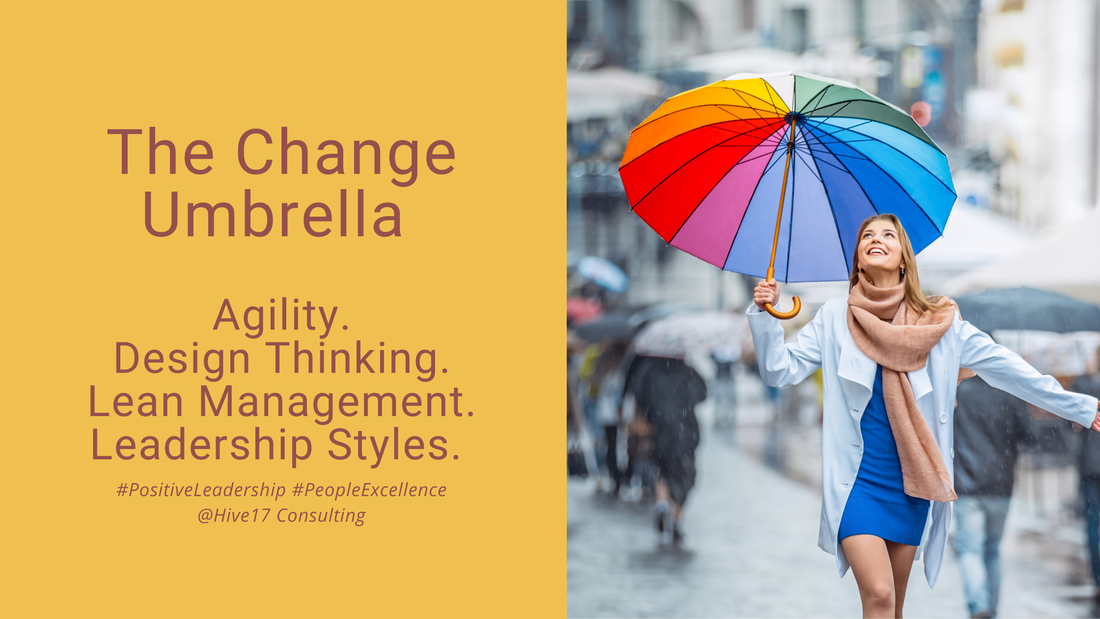
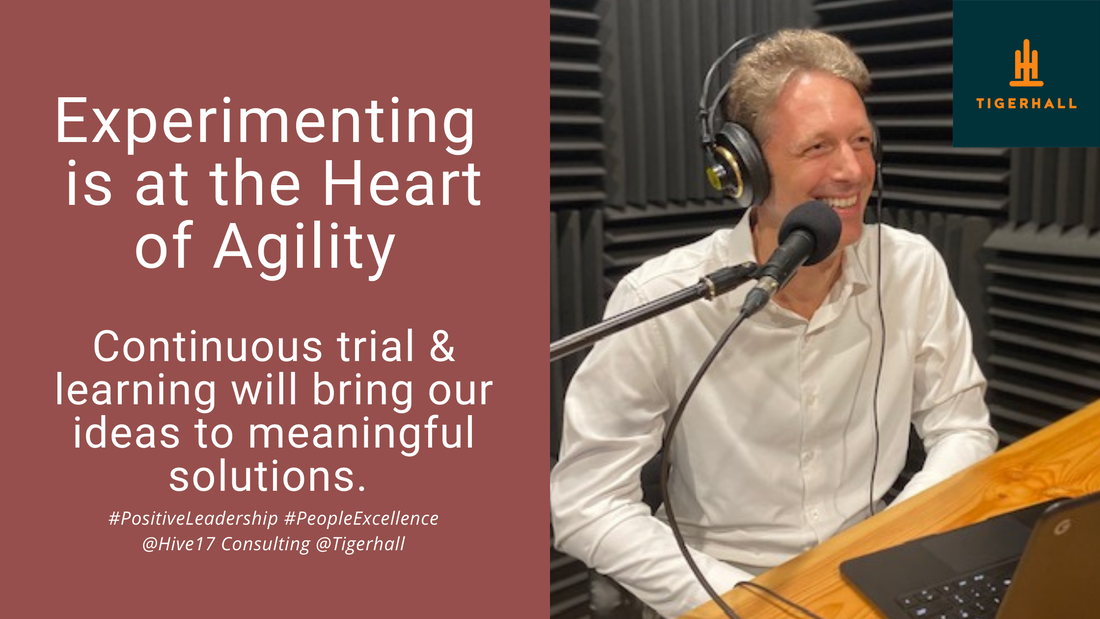
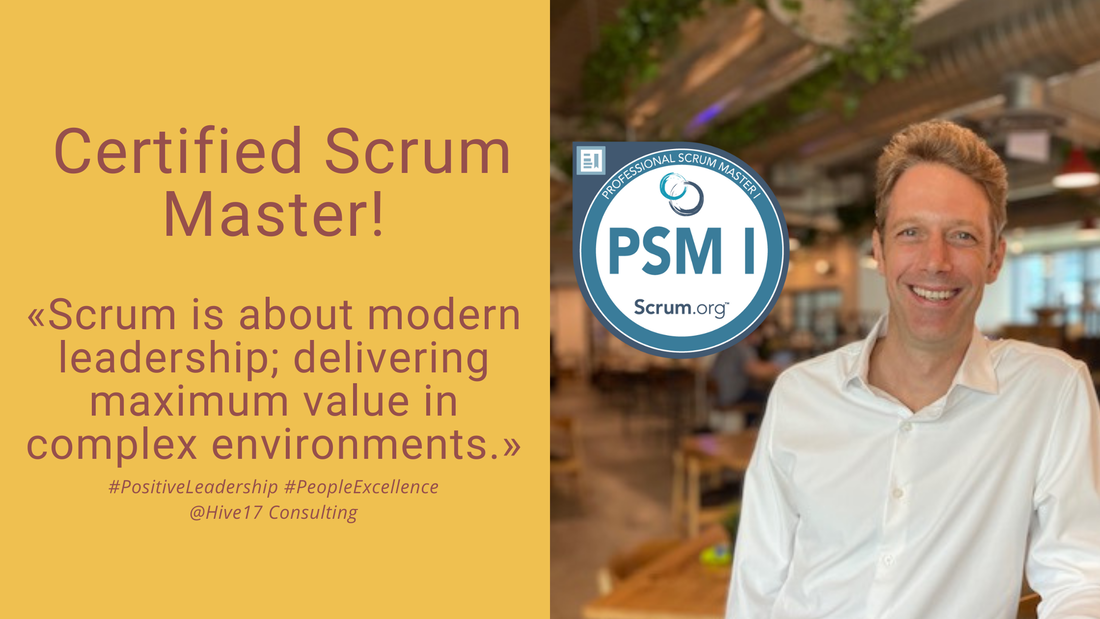
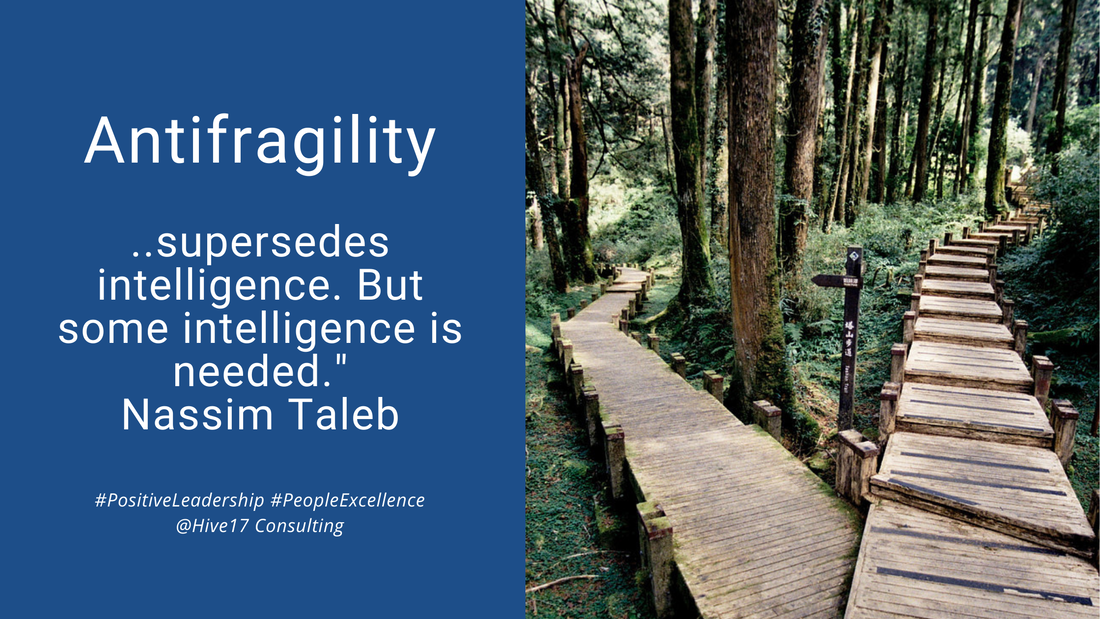
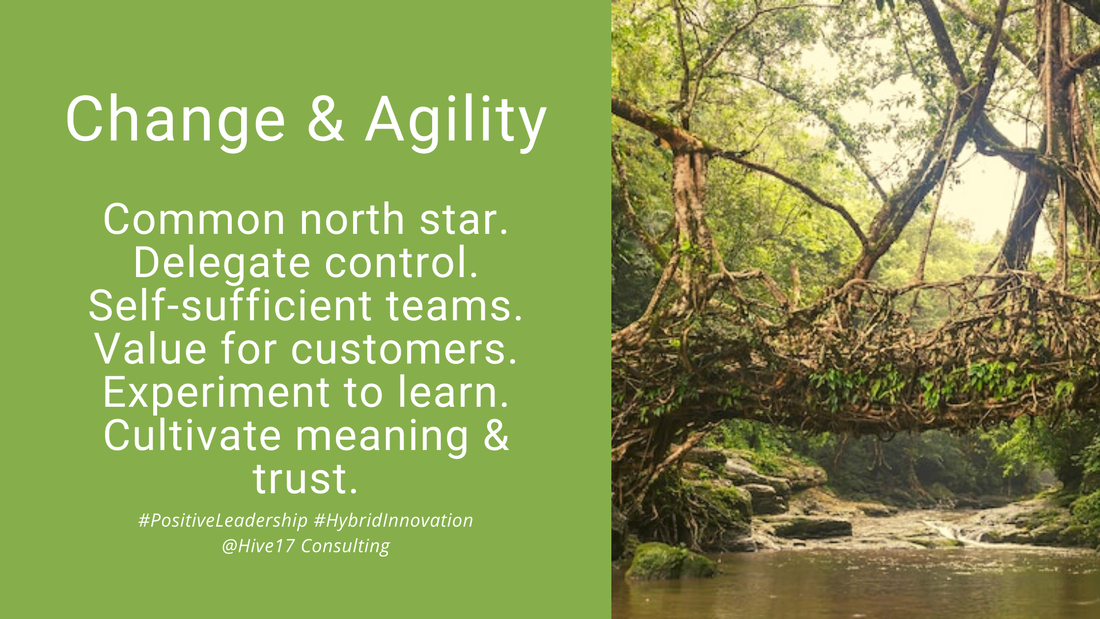
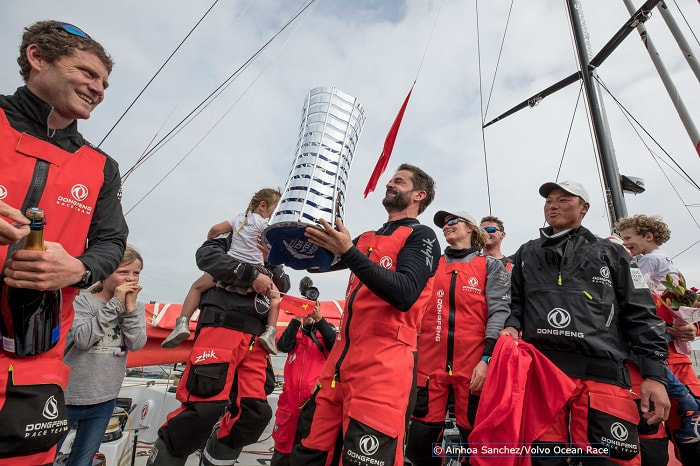
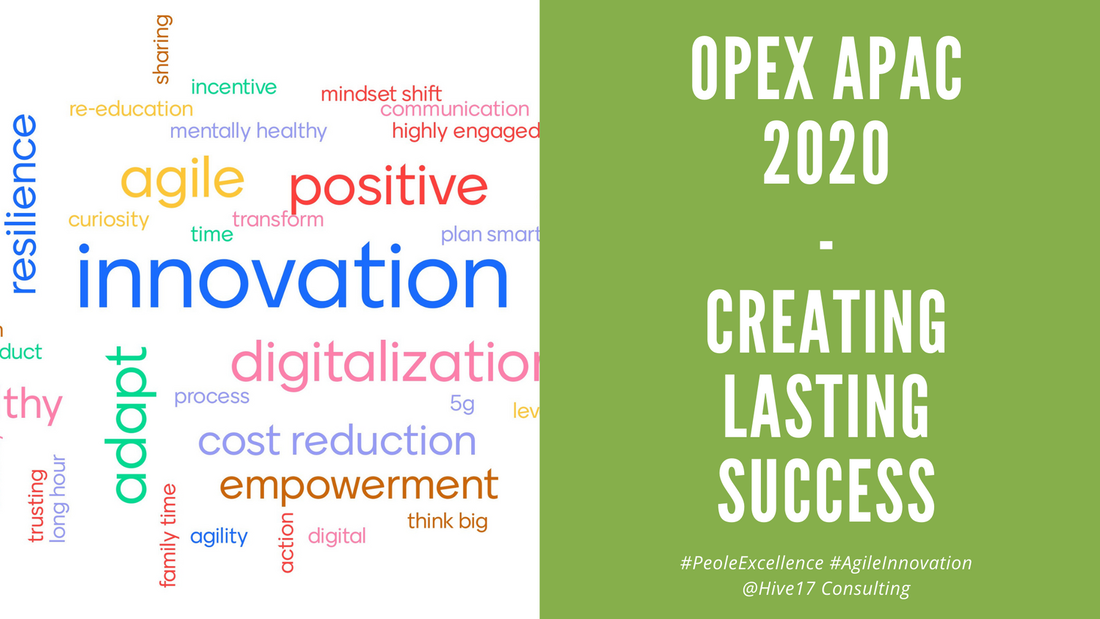
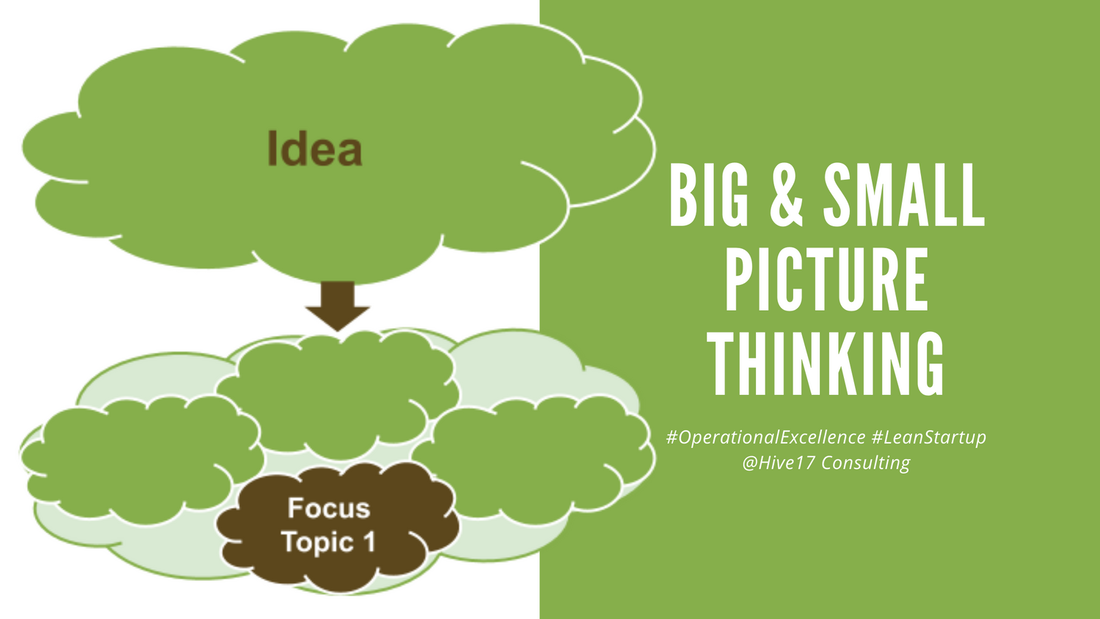
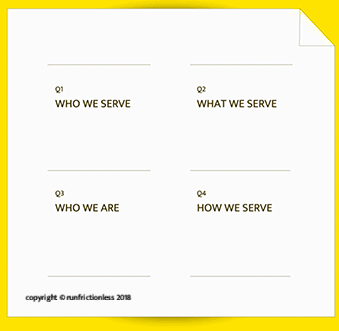
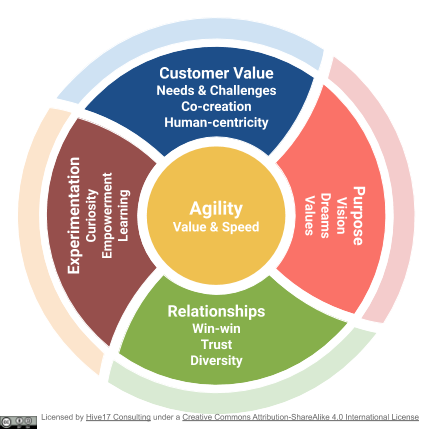
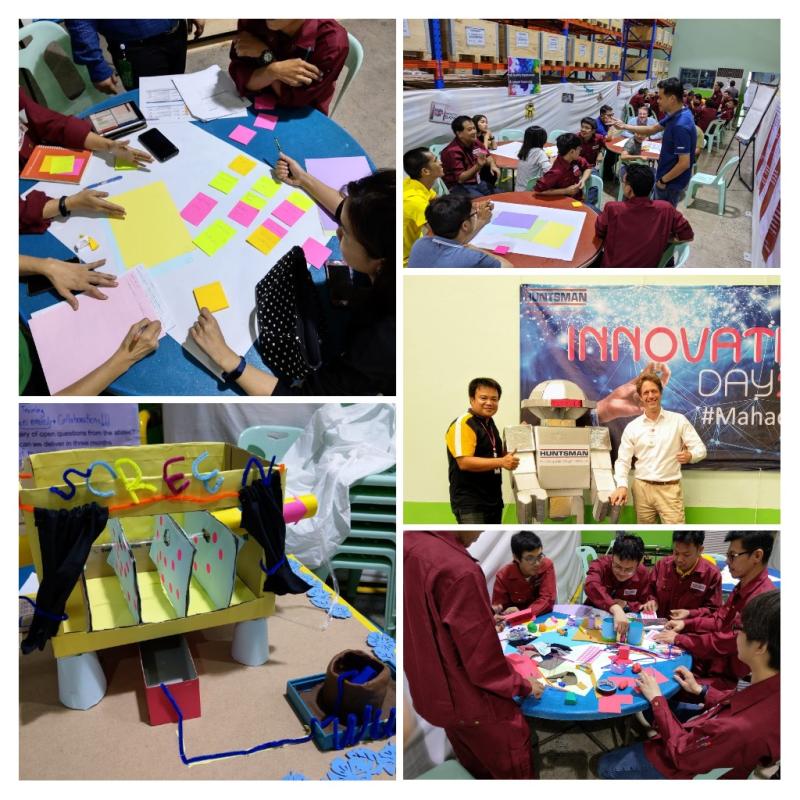
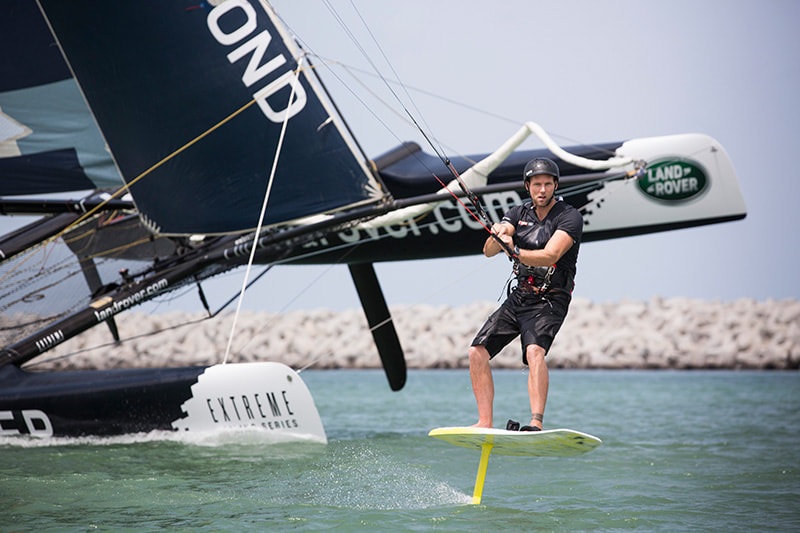


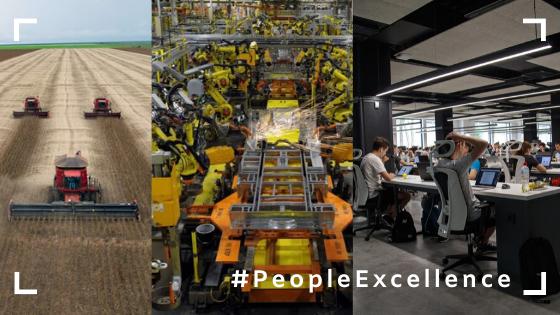
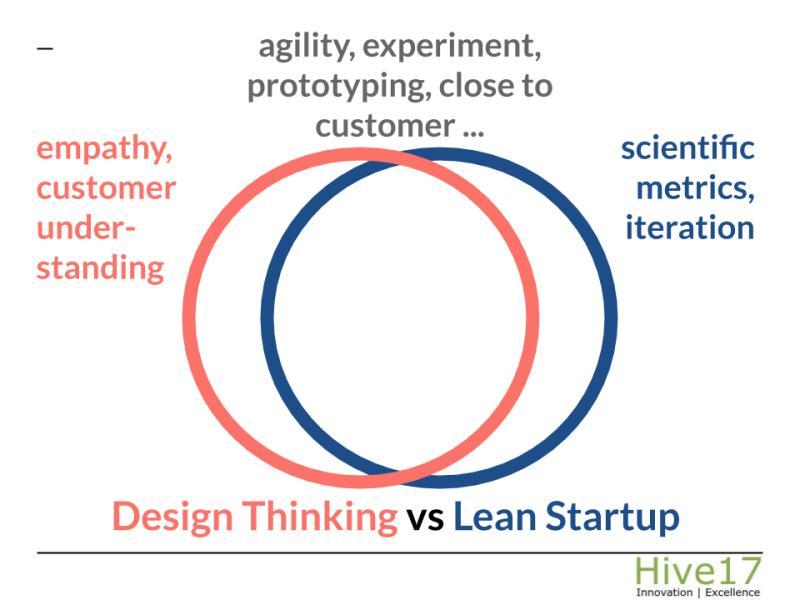

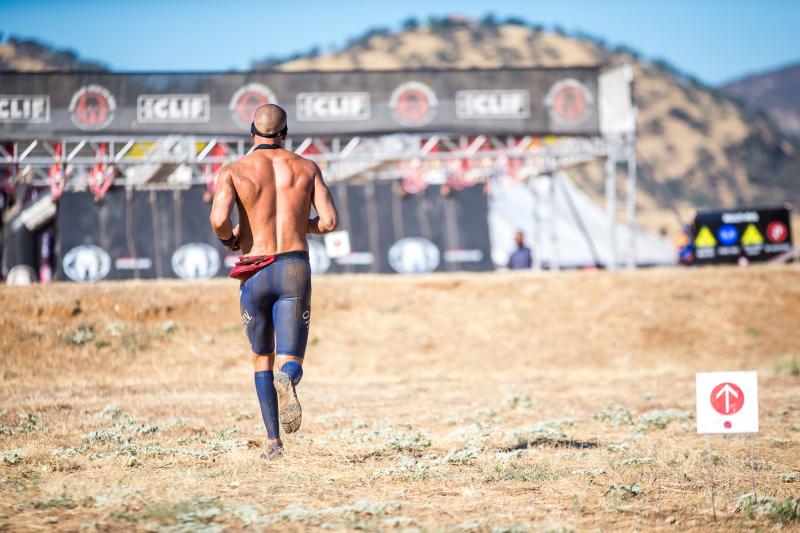


 RSS Feed
RSS Feed